When you discover that water is seeping into your basement, take a look around both inside ̶ and outside in your yard. If your home is situated on on a hill, or if your yard slopes at all, water may be draining poorly. Another possibility is that your home is located along the path where rain water would flow naturally. This increases the chance of basement flooding as well.
So, what can homeowners do if the land around their houses is causing water seepage? One possibility is to regrade your yard. If this is not possible – or even if it is – installing a French drain is one of the best and most cost-effective ways to keep your basement dry all year long.
Why French Drains Work
French drains originated as a solution to drain wet and flooded American farmland in the mid 19th century. Named in honor of Henry French, who invented the system of water diversion, these drains were first made using terra cotta roofing tiles that were placed on top of one another, forming a simple piping system. (This is the reason why French drains are sometimes called “drain tiles.’)
Over the years, the system was refined and modernized. However, French drains have remained a key solution for home waterproofing because they provide an alternate place for water to flow. Essentially, a French drain is a multifaceted trench that diverts water away from your home and allows it to flow to an area that drains properly, minimizing pressure on your foundation that can lead to cracks.
About French Drain Installation
To create a French drain, we start by digging a trench around the foundation of your home. Next, we coat the trench with a special fabric that has been expertly designed to keep dirt and other objects out of the drain. It is very important to keep the drain clear as that allows for maximum water flow.
Once the fabric is secure, we place rocks in the bottom of the trench as padding. Next, we place a special pipe throughout the drain – one that is permeable and designed to allow water to flow in but to keep dirt and other solid matters out.
Finally, once the pipe is secure throughout the entire trench, we cover it completely with the same type of small rocks that we had used as padding. The top layer of rock locks the pipe in place and act as protection for it. Another advantage to the rocks is that they act as one more barrier or filter for solids.
Next Steps
Once the installation is complete, many homeowners decide to add extra protection to their basements by installing a sump pump. Our team at Affordable Waterproofing can help with either or both, and we’d love to provide your with a complimentary estimate.
Contact us today to schedule a visit.

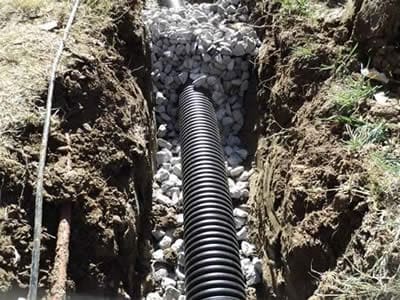
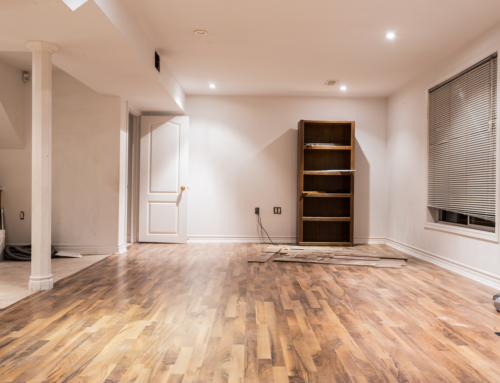

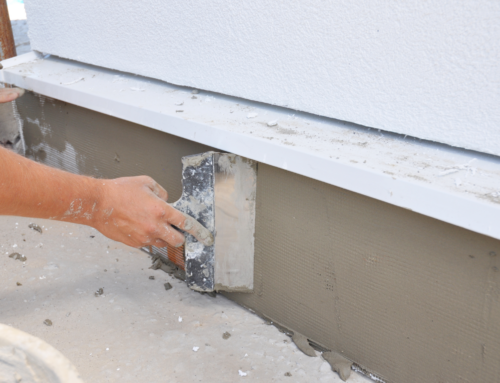
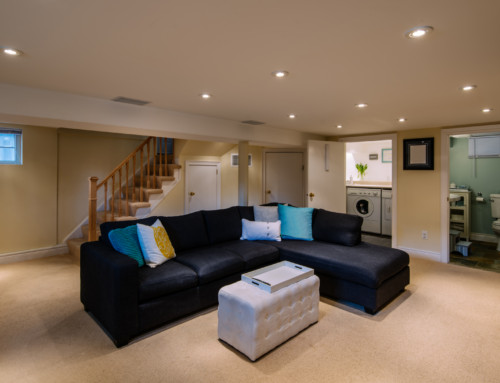
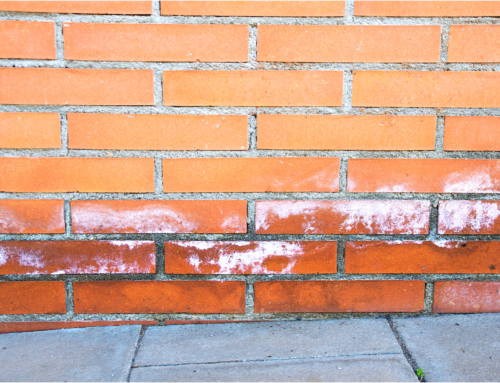
Leave A Comment